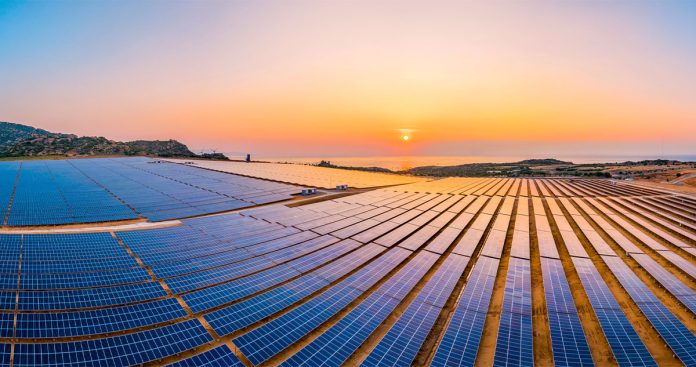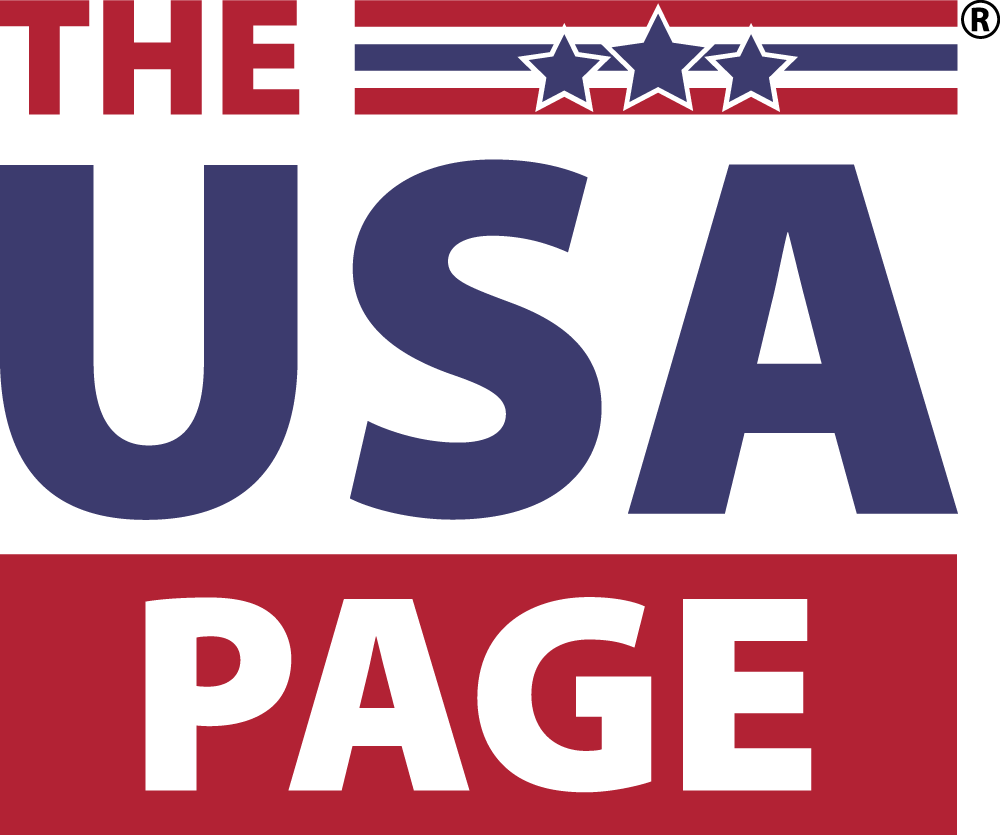Sustainability, which the United Nations Brundtland Commission defined in 1987, is “meeting the needs of the present without compromising the ability of future generations to meet their own needs.” Almost 40 years later, this is still the most frequently cited definition of the term, and the world is still working to meet those needs.
Charisma Acey, Ph.D., associate professor of city and regional planning and Arcus chair in social justice and the built environment at the University of California, Berkeley, says that “meeting the needs of the present” is the part of the U.N. definition that she emphasizes in her classes. “What are we sustaining if we’re not taking care of present generations as well?
“To me, it’s really about recognizing that our human health, environmental health, the health of our systems that sustain us socially, economically—they’re all intertwined,” she adds. “It’s about recognizing our connection to these larger systems that support us.”
Caring for future generations
Sustainability is inherently “about long-term thinking,” Acey says. This kind of thinking can certainly be seen in the U.N.’s 17 interconnected Sustainable Development Goals for 2030. According to its website, the goals “are the blueprint to achieve a better and more sustainable future for all.” They address issues of poverty, inequality, justice, climate change and environmental degradation.
The U.N.’s goals offer basic recommendations for individuals and organizations to act sustainably, such as donating what you don’t use, wasting less—especially water—and recycling more, getting vaccinated, supporting education and equality, choosing energy-efficient appliances and light bulbs, using alternatives to cars whenever possible, planting trees and more.
“Everybody deserves the right to live their full potential,” Acey says. “In the present, there are a lot of disparities…. Sustainability implies taking care of that now in a way that enables future generations to do the same. We’ve got to hold the present and the future in our thinking simultaneously.”
Human impact
Ideas about sustainability predate Western thought, Acey notes. She points to the Iroquois philosophy of the seventh generation, which suggests that with every decision you make, you should think about the impact your actions will have on the next seven generations.
“That idea has been around a long time—the importance of having that long-term view when we’re making decisions today,” Acey says.
But how can we know what long-term effects our actions might have? One way is to determine your ecological and carbon footprint. This individual footprint calculator asks questions about the kinds of foods you eat, the type of home you live in, what energy sources are in your home, how much trash you generate, what modes of transportation you use and so on. The tool then calculates your ecological footprint in global hectares, your carbon footprint in CO2 emissions and how many Earths would be necessary if everyone lived like you do. This sobering exercise can clue you in to individual actions you can take to lessen your lifestyle’s impact on the environment.
Of course, individual actions can only go so far, and some decisions are out of our control, Acey notes. These include whether or not your area has good public transportation, renewable energy options and access to different food sources.
“There is individual behavior—but there are these larger systems that also impact sustainability,” Acey says. “I think that’s where the challenges lie. We are changing those systems that really threaten our ability to survive on the planet.”
Natural environment
The U.S. Environmental Protection Agency offers another useful definition of sustainability: “Sustainability is based on a simple principle: Everything that we need for our survival and well-being depends, either directly or indirectly, on our natural environment. To pursue sustainability is to create and maintain the conditions under which humans and nature can exist in productive harmony to support present and future generations.”
“We’ve seen how our societies have had a global impact in terms of pollution and loss of biodiversity, and how we’re affecting the climate, and [the] realization that something’s wrong,” Acey says. “We’re threatening our own ability to survive by not thinking about where waste goes and how waste impacts other ecosystems.… We have to make the shift.”
If you read the headlines, you know that not everyone is on board for that shift. Businesses sometimes profit off the status quo, and governments aren’t always eager to invest in new energy sources or regulate industries. Some places export their waste to other countries with weaker protocols, creating global problems on a shared planet.
Acey underscores the importance not just of individual actions but also of making your voice heard. “There’s a feedback loop,” she says. “The more people, like ordinary people, consumers, residents, citizens… realize that we need to make a change, [the more] we have the power to demand change from the company we do business with or from our government.”
Giving back and creating surplus
For Acey, the word “sustainability” doesn’t fully capture the evolving field. She points to other emerging concepts, like “‘circularity,’ the circular economy; ‘resilience,’ because of climate change and increasing natural disaster events… [and] the ability of communities to recover and be better than they were before; [and] ‘regenerative principles,’ regenerative design and planning and architecture,” to name a few.
In other words, the focus of sustainability today is not only on “consuming less or harming less but actually building or operating in a way that restores and enhances ecosystems,” she says. “We’re starting to think about [how we can] go beyond just minimizing impact to actually living in a way that gives back or creates surplus, both for people and the environment.”
Still, she says, sustainability is “a term that everybody’s familiar with. It can bring a broad spectrum of people together to talk about things that are really important, about sustaining our communities and societies.”
One other framework that’s well-known in the sustainability field is the three E’s: economy, ecology and equity. For Acey, equity can often be the most challenging.
“It’s not just a nice thing to do, to think about equity. It’s central to achieving sustainability,” she says. “The more we live in a way that cares for those needs, [the more] we’ll be able to live in a more sustainable, long-term way. So that’s what I emphasize with my students.”
Photo by Nguyen Quang Ngoc Tonkin/Shutterstock.com
This article originally appeared in the March 2025 issue of SUCCESS+ digital magazine.




